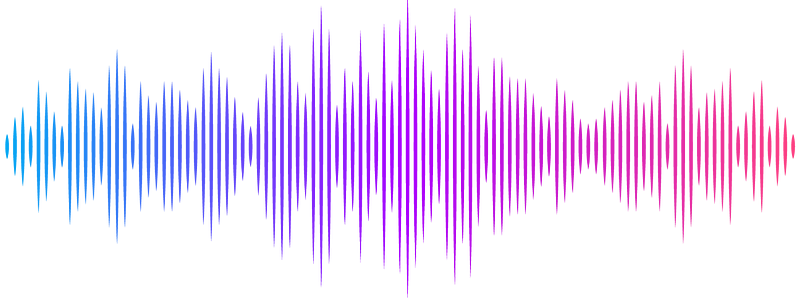Direct Readout of Multivalent Chromatin Reader-Nucleosome Interactions by Nucleosome Mass Spectrometry

Direct Readout of Multivalent Chromatin Reader-Nucleosome Interactions by Nucleosome Mass Spectrometry
Lee, A. S.; Fisher, N. P.; Marunde, M. R.; Su, P.; Khan, L. F.; Graham, B.; Taylor, H. F.; Onuoha, U. C.; Su, T.; Jooss, K.; Schachner, L. F.; Fuchs, H. A.; Noll, K.; Cheek, M. A.; Burg, J. M.; Sun, Z.-W.; Musselman, C. A.; Keogh, M. A.; Kelleher, N. L.
AbstractHistone post-translational modifications (PTMs) often serve as distinct recognition sites for the recruitment of chromatin-associated proteins (CAPs) for epigenome regulation. While CAP-PTM interactions have been extensively studied using histone peptides, this cannot consider the regulatory potential of multi-site binding on intact nucleosomes. To overcome this limitation, we applied Nucleosome Mass Spectrometry (Nuc-MS), a native Top-Down MS approach that enables controlled disassembly of intact CAP:nucleosome (CAP:nuc) complexes to provide a direct readout of the contained histone proteoforms. As proof of principle, we show the BPTF PHD-BD native tandem reader requires coincident H3K4me3K9acK14acK18ac for effective nucleosome engagement. We extend our approach to explore how the BRD4 (native BD1-BD2), DNMT3A-MPP8 (chimeric PWWP-CD), and PtSHL (native BAH-BD) tandem readers interact with endogenous nucleosomes. Each reveals distinct enrichment profiles: BRD4 favoring di- and tri-acetylated histone H4 proteoforms, whereas DNMT3A-MPP8 and PtSHL preferentially interact with hypermethylated H3 proteoforms. Of note the latter enriches combinatorial {H3K4me3K27me3} on the same histone tail in HeLa chromatin, and thus expands the potential biology of this widely studied bivalent signature. By directly characterizing CAP:nuc complex composition with combinatorial PTM information in a single readout, Nuc-MS serves as a new approach to discover the modifications driving binding, and therefore primary candidates to explore for structural biology and genomic studies.